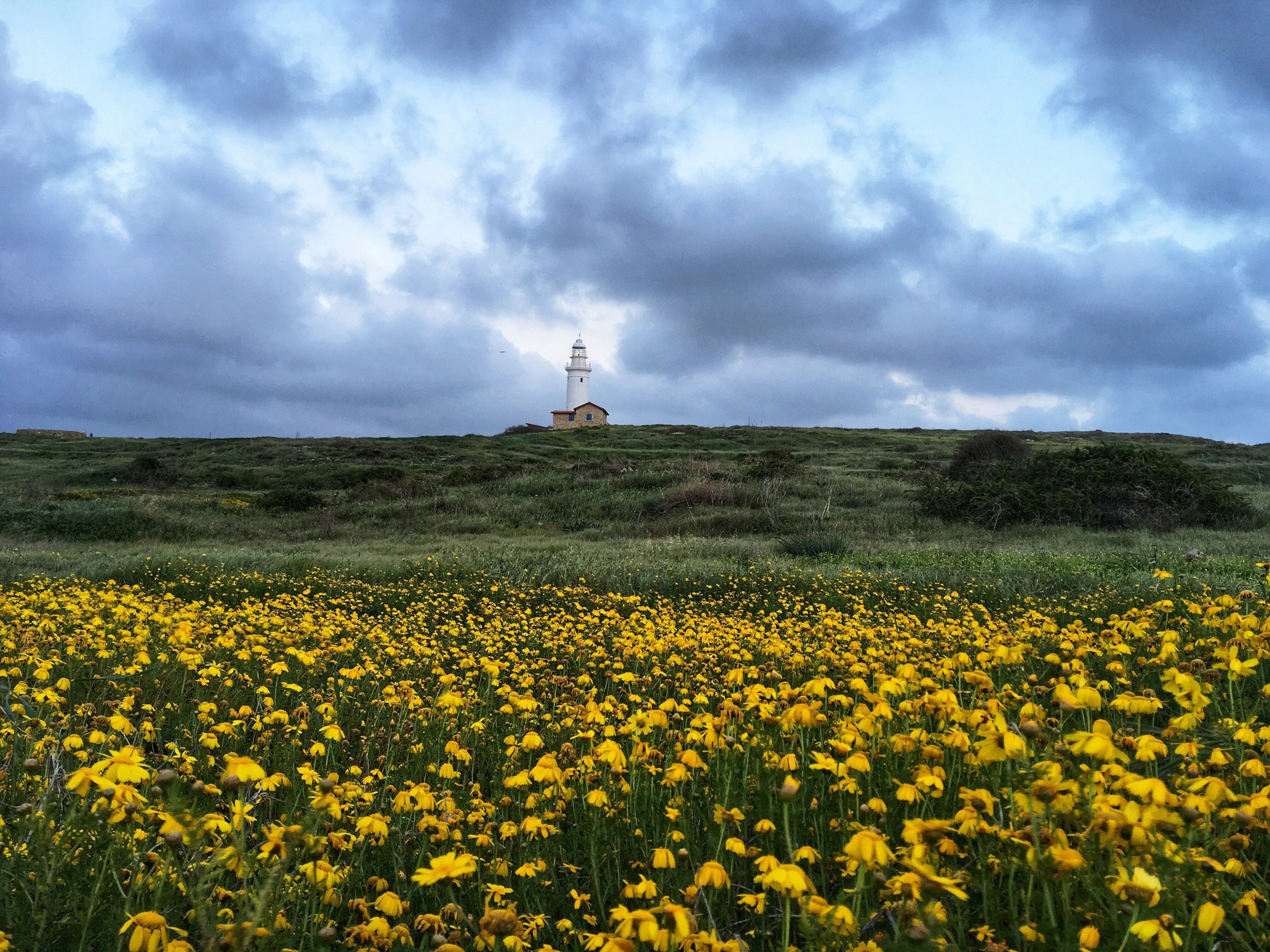Predicting the weather has become a fine art, but our ancestors had their own way of recording how the seasons change
By Karen Taylor
Based on ancient wisdom, the Chinese year is split into 24 segments, or solar terms, going beyond the concept of four seasons to integrate astronomy, geography and farming activities, achieving a harmonious unity between heaven and earth, people and nature.
The 24 solar terms are a significant component of traditional Chinese culture. First used by ancient farmers to determine their activity throughout the agricultural year in the Qin Dynasty (221-207BC), the solar terms were the result of careful observation of production and daily life. They have now moved beyond farming into the lives of the Chinese people and though technology has seen modern agriculture change, the wisdom embodied in the solar terms continues to be respected.
They reflect the changes in climate, natural phenomena, agricultural production and other aspects of human life, including clothing, food, housing and transportation.
In the ancient days, they carried important instructions for agricultural production as well as people’s everyday life. Beginning with the Start of Spring and ending with Major Cold, the seasons were divided into six solar terms, each with a time span of 15 days.

The solar terms, also known as the ‘fifth great invention’ of China, were referred to in the opening ceremony of the Beijing winter Olympics in 2022 and in 2016 they were included on Unesco’s list of Intangible Cultural Heritage.
“Their legacy reflects the Chinese people’s respect for nature and tradition, their unique understanding of the universe, their wisdom to live in harmony with nature, and the world’s cultural diversity,” Ministry of Culture official Zhang Ling says.
Most of the solar terms carry rich social and cultural connotations, including traditional celebrations, rituals and even festivals; the Chinese rhythm of life is closely connected to them. Many have become associated with customs over the centuries, such as eating dumplings for Lidong (The Start of Winter).
People still eat porridge when Autumn Starts. Bright and Clear is deeply tied to China’s tradition of paying respects to ancestors and visiting the family tomb. For this reason, in English the Qingming Festival is often known as the Tomb-Sweeping Festival.
And every time a new solar term begins in China, social media still sees a wave of ceremonial posts; the ancient calendar remains part of daily life.
In Cyprus, ancient farmers too would closely watch the weather during the two weeks from August 4 to predict conditions for the following year. Some still use this system, called Minalaya, to predict weather patterns.
“It started when people did not have the means to predict the weather that we have now,” says weather analyst Tasos Ierodiakonou. “To see the weather we just open a computer, it wasn’t always like that!”
The weather on August 4 is used to predict the conditions in September, that on August 5 for October and so on. If the day had clouds, it means the corresponding month will have clouds and rain. It is not just clouds though, the humidity and winds on the days in question are also studied to predict future weather conditions.
Farmers would use this information, broken down into shorter terms than a month, to know when to plant.
Ieodiakonou says the system is quite accurate for giving a general picture. “The times I said it would rain a lot, it did. Last year I said this summer would be a difficult year…”
The good news? The coming year promises to be better than last with a decent amount of rain.
Looking forward, amid global warming and climate change, research on China’s solar terms has gained increasing prominence and serves as a foundation for the innovative utilisation of traditional culture in the modern era. Throughout history, humans have observed, understood, utilised and managed climate, integrating this knowledge into various aspects of daily life.
Climate is a critical factor in the development of human societies and plays a significant role in shaping history. Its impact extends across settlement patterns, agricultural practices, resource management and cultural development.
The solar terms continue to play a significant role in modern agriculture, serving not only as cultural symbols and spiritual markers but also supporting contemporary developments such as crop planting, rituals and travel, closely linked to the revival of traditional culture and the strengthening of national identity.
Key solar terms are still used to optimise and plan agricultural activities, helping to manage agricultural activities and support the implementation of sustainable agricultural strategies.

Although they are not regarded as the guiding knowledge in agriculture production, the solar terms remain a symbol of the evolving relationship between people and nature, reminding us that the nature is changing at its own pace.
About Mirror of Culture
Mirror of Culture is a joint initiative of the Cyprus Mail and the Chinese embassy. It highlights the parallels between Cypriot and Chinese culture to set an example of acceptance, respect and
understanding among the various cultural communities on the island, recognising the fundamental importance of culture.
Culture is the universal language that transcends many barriers, including language and geography. The aim is to work with diverse cultural communities in Cyprus to share and promote our vibrant cultures to further bolster the bonds among all the people of Cyprus and celebrate the diversity of cultures in the world.
Furthermore, the initiative understands the importance of cultural preservation, which is an important way for us to transmit traditions and practices of the past to future generations.







Click here to change your cookie preferences